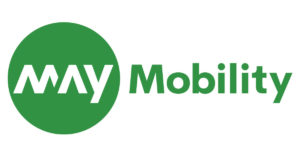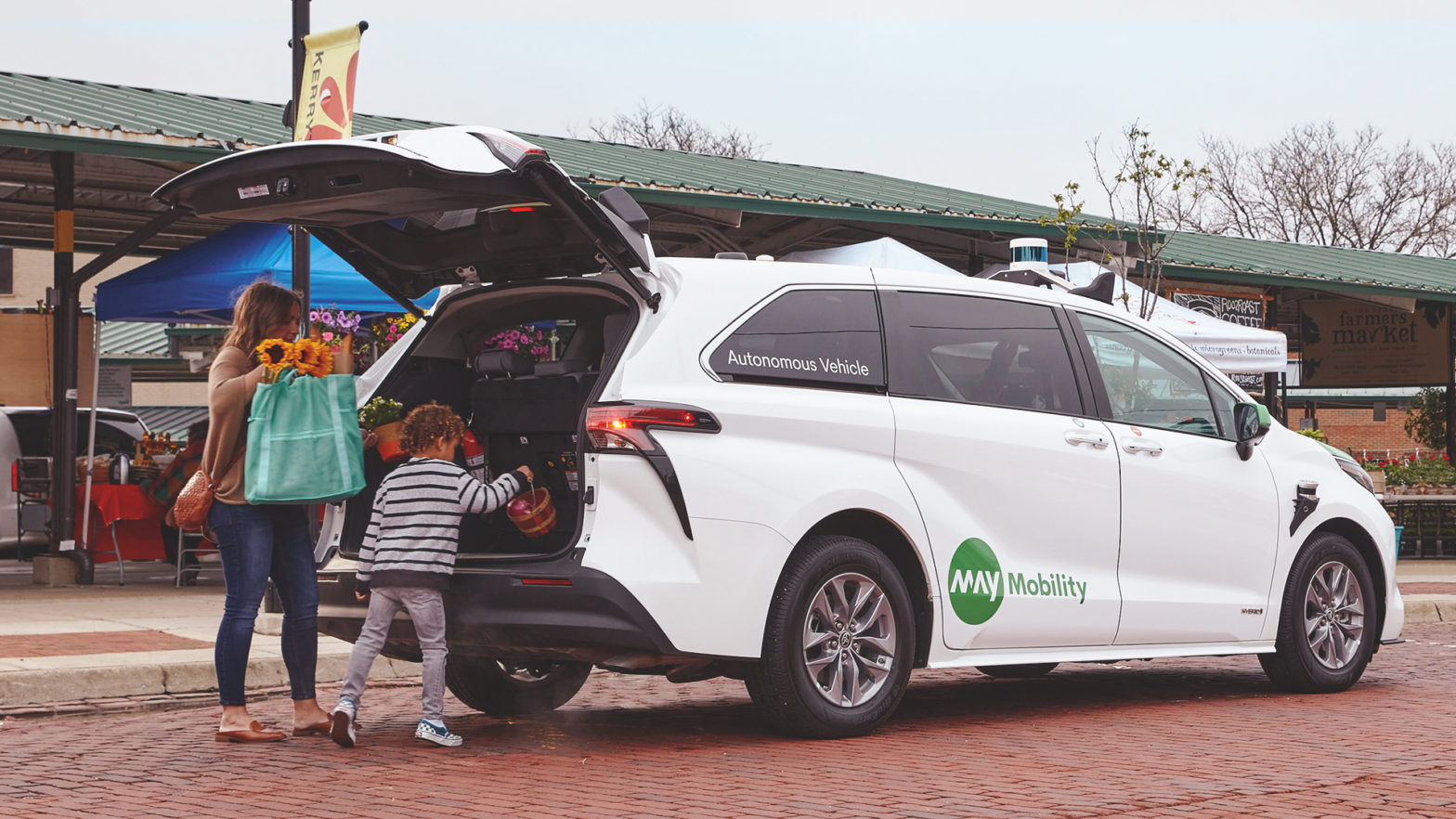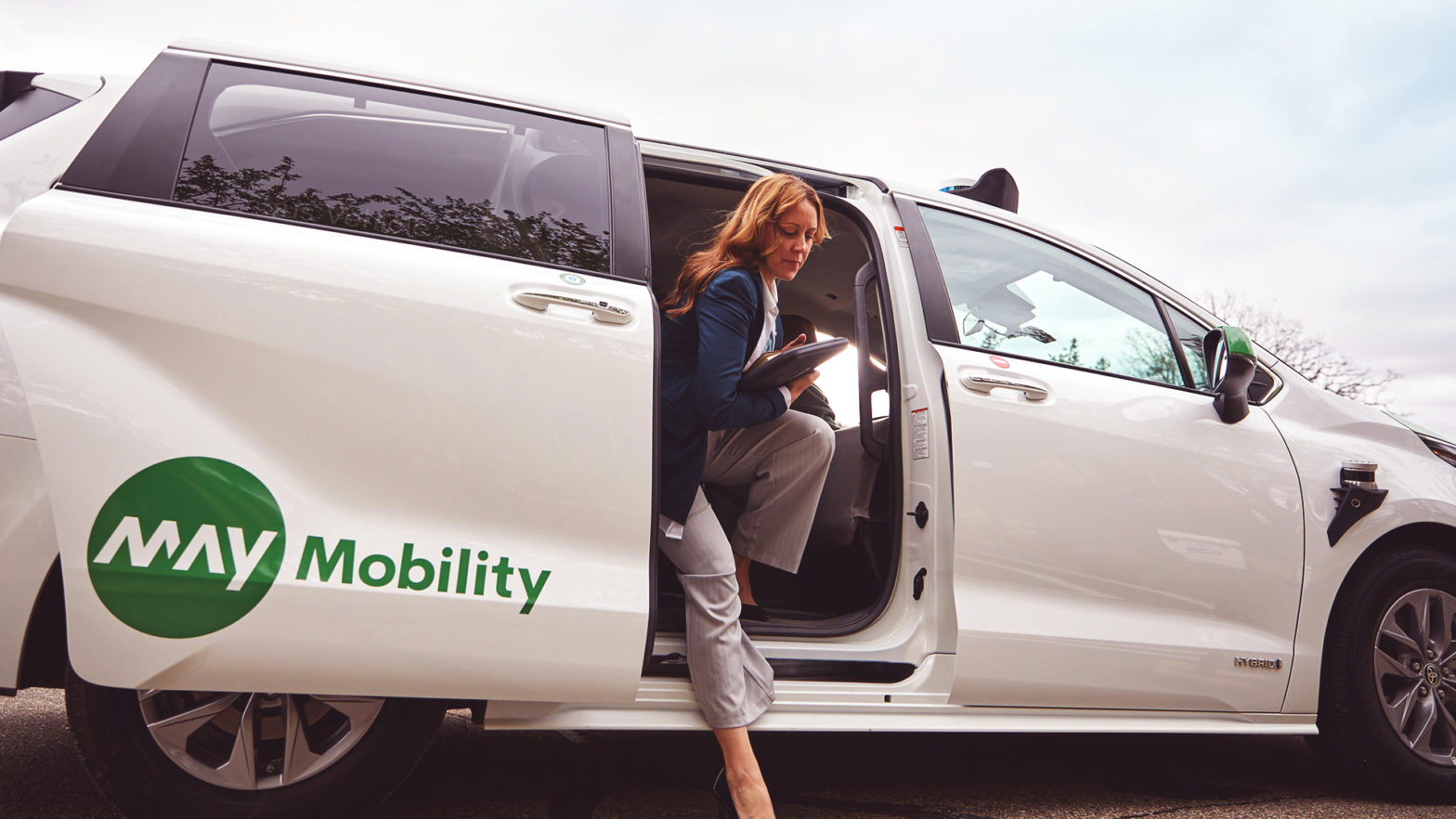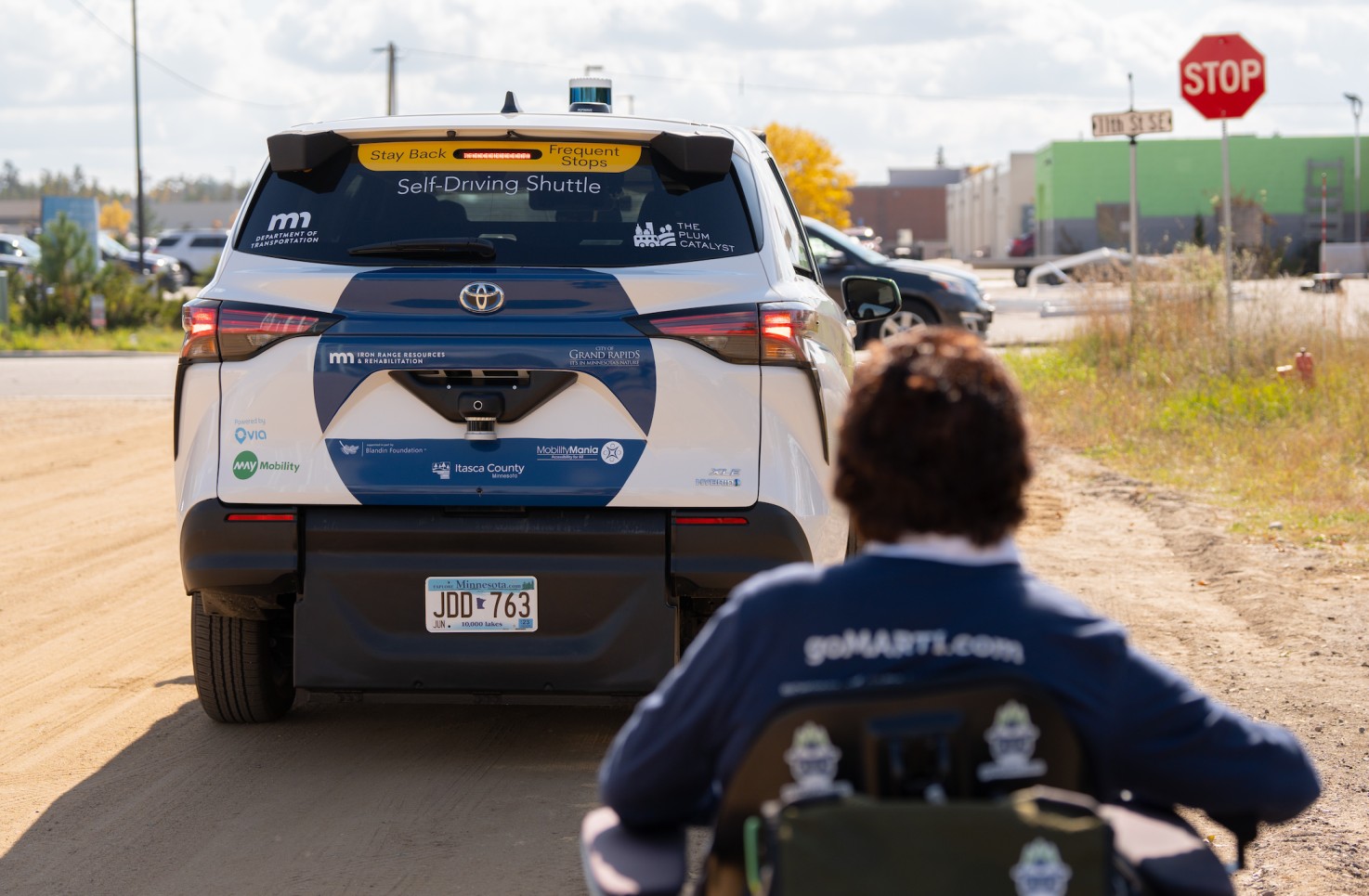
How AVs are providing rural communities with new transit options
06 June 2023
Autonomous vehicles (AVs) are helping to connect many low-income neighbourhoods and rural areas that lack reliable transport options, says a new whitepaper.
The report, produced by Cities Today Studio in partnership with May Mobility, highlights how new trials are offering rural residents better access to jobs, healthcare and other services.

“There are folks that have transit needs and populations that may not be able to afford to purchase and maintain a personal vehicle,” explains Sarah Searcy, Deputy Director for Innovations and Data at North Carolina’s Integrated Mobility Division (IMD). “There are many folks with disabilities or who are elderly that may want another option to move around. We want to make sure the network serves them.”
North Carolina has the second-largest rural population in the US. When rural is defined as 250 people or less within a square mile, 78 of the state’s 100 counties are considered rural and more than 1 million individuals in the state live in a household without a car.
According to the IMD, in North Carolina having a car is often a pre-requisite for success. Areas of the state with higher rates of zero-vehicle households have lower average rates of labour force participation.
Bridging the gaps
The state has identified that new technologies like AV microtransit can narrow the time and convenience gap between driving and public transport and present an opportunity to provide equitable mobility solutions for those with limited vehicle access.
Last year it received $10.4 million in federal grants to trial expanded on-demand transit services in 11 rural communities, tailored to each place’s specific needs. The aim is to increase economic opportunity and improve the quality of life for local residents.
“We want to be able to build on the microtransit work that’s happening in the state by testing and evaluating AVs as a shared mobility option,” says Searcy. “Making sure those vehicles are accessible, provide a high quality of service and complement work we’ve already advanced.”
The state has taken a lead in AV microtransit pilots through its Connected Autonomous Shuttle Supporting Innovation programme (CASSI). In 2021, the first AV shuttle deployment under the programme was launched at a recreational public lands site, Wright Brothers National Memorial, and at North Carolina A&T State University, where a three-kilometre test track was unveiled to simulate rural driving conditions.
The university’s main focus is to develop equitable transport solutions for low-demand rural areas by providing more efficient mobility services with flexible routing and servicing.
Pilot success
In Grand Rapids, Minnesota, the rural city of 11,500 has partnered with May Mobility to operate an 18-month trial of five AVs across a 17 square mile service area. Three of the vehicles are accessible and cover 70 pick-up and drop-off points operating on roads up to 35 miles per hour.
Importantly, the vehicles, which began operation in October 2022, are aimed at shared occupancy rather than single-occupancy and target gaps in transportation.
“We made sure it went by most of our Housing and Redevelopment Authority complexes,” says Tom Pagel, City Administrator in Grand Rapids. “We wanted to serve those who are more vulnerable or who lacked transportation. We then linked those areas to all of our public schools, medical facilities, and primary grocery needs.”

The city does have a public bus network but typically that only operates during daylight hours, while the goMARTI pilot service operates from 2pm to 10pm. Rather than competing with public transit, the AV microtransit service offers residents a new mobility option after dark.
“It allows people who have transportation deficiencies the opportunity to go to the high school to watch a basketball game or wrestling match, or go to an arena and watch a hockey game,” says Pagel.
Like any developing technology, there are a wide range of attitudes towards it. With AVs there can be a perception that they are primarily for Silicon Valley and tech communities. Sarah Gryniewicz, Strategy Analyst at May Mobility, looks forward to the day when AVs become commonplace.
She believes that once the “hype” is over, transit operators and companies like May Mobility will make positive, substantive changes in a community. Transit agencies can deploy AVs in targeted areas, and can be coordinated in the broader transit network. This will shift the balance and make it easier for more and more people to live without a car.
“Technology is the tool, not the point,” she says. “We’re trying to mature it, and work with communities as opposed to just putting out more ‘anywhere to anywhere’ services. This can really help shift the balance and make it easier to live without a car.”
Click here to download a free copy of the whitepaper.
Brought to you by:








